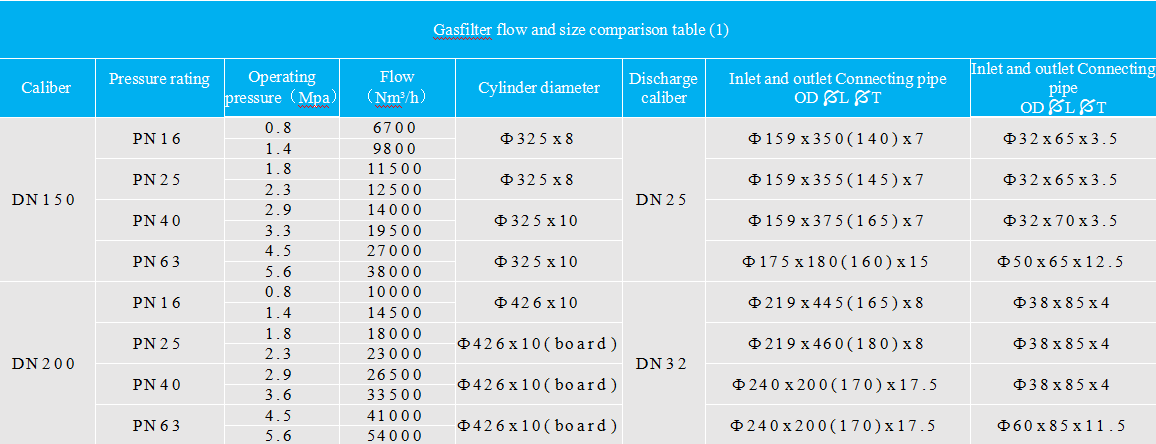
Nov . 26, 2024 22:11
Back to list
Understanding the Function and Benefits of Pressure Regulating Valves in Fluid Systems
Understanding Pressure Reducing Valves A Key Component in Fluid Control Systems
Pressure reducing valves (PRVs) are essential components in various fluid control systems, ensuring that the pressure of a fluid is maintained at an appropriate level, preventing potential damage to equipment and providing safe operation in both industrial and residential applications. This article delves into the working principles, applications, and benefits of pressure reducing valves.
What is a Pressure Reducing Valve?
A pressure reducing valve is a type of valve that automatically reduces the pressure of a fluid coming from a higher-pressure source to a lower, predetermined pressure. Typically used in water supply systems, gas lines, and steam applications, these valves play a crucial role in maintaining consistent pressure levels that are safe for various downstream equipment and processes.
How Does a Pressure Reducing Valve Work?
PRVs operate based on a simple mechanical mechanism involving a spring and a diaphragm. When fluid enters the valve, it pushes against the diaphragm, which is connected to a spring. The force exerted by the fluid is countered by the spring's resistance. When the inlet pressure exceeds the setpoint pressure, the diaphragm moves, allowing the valve to throttle the flow and reduce pressure downstream.
One of the key features of a PRV is its ability to maintain a constant outlet pressure, regardless of fluctuations in the inlet pressure. This is achieved through a feedback mechanism; as the downstream pressure increases, it affects the diaphragm's position, providing a self-regulating function that ensures the outlet pressure remains stable.
Applications of Pressure Reducing Valves
Pressure reducing valves are found in a variety of applications, including
1. Water Supply Systems In municipal water systems, PRVs help to manage pressure levels, ensuring that water is delivered safely and efficiently to households and businesses without risking burst pipes or excessive wear on plumbing fixtures.
2. Industrial Processes Many manufacturing processes require specific pressure levels for optimal operation. PRVs regulate the pressure of gases or liquids used in production, ensuring equipment operates within designed parameters.
pressure reducing valve

3. Heating Systems In heating applications, such as steam systems, PRVs maintain steam pressure, enhancing efficiency and safety. Proper control prevents pressure drops that could lead to inefficient heating or equipment damage.
4. Aquaculture and Agriculture In these sectors, pressure reducing valves optimize irrigation systems. They help maintain consistent water pressure, which is crucial for efficient water distribution and crop health.
Benefits of Pressure Reducing Valves
The advantages of implementing PRVs in systems are manifold
1. Protection of Equipment By regulating pressure, PRVs prevent damage to pipes, fittings, and connected devices, extending their lifespan and reducing maintenance costs.
2. Energy Savings Maintaining optimal pressure levels can lead to significant energy savings. Over-pressurization often leads to energy wastage, so by using PRVs, facilities can operate more efficiently.
3. Improved System Performance Consistent pressure ensures that systems operate at peak efficiency, enhancing overall performance, especially in manufacturing and processing applications.
4. Safety Assurance By preventing pressure-related accidents, PRVs enhance the safety of both personnel and equipment, ensuring compliance with industry regulations and standards.
Conclusion
In conclusion, pressure reducing valves are vital components that enhance the efficiency, safety, and longevity of fluid control systems across various industries. Their ability to maintain desired pressure levels safeguards infrastructure, reduces energy costs, and improves overall operational effectiveness. As industries continue to evolve, the demand for reliable and efficient pressure management solutions like PRVs will only grow, highlighting their importance in modern engineering and infrastructure. Investing in quality pressure reducing valves is not just a matter of compliance but a vital step toward ensuring operational excellence and sustainability.
Latest news
-
Safety Valve Spring-Loaded Design Overpressure ProtectionNewsJul.25,2025
-
Precision Voltage Regulator AC5 Accuracy Grade PerformanceNewsJul.25,2025
-
Natural Gas Pressure Regulating Skid Industrial Pipeline ApplicationsNewsJul.25,2025
-
Natural Gas Filter Stainless Steel Mesh Element DesignNewsJul.25,2025
-
Gas Pressure Regulator Valve Direct-Acting Spring-Loaded DesignNewsJul.25,2025
-
Decompression Equipment Multi-Stage Heat Exchange System DesignNewsJul.25,2025

